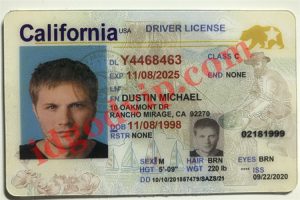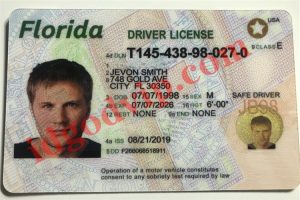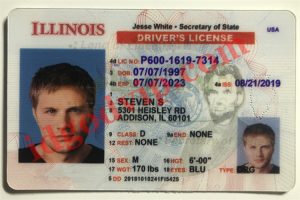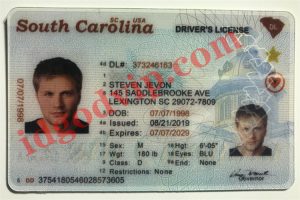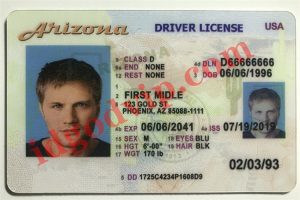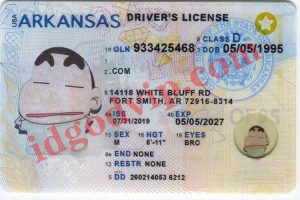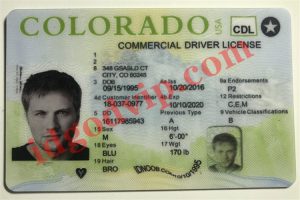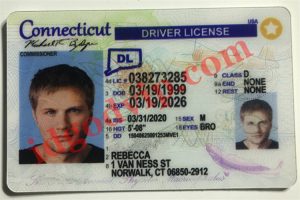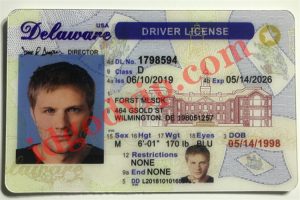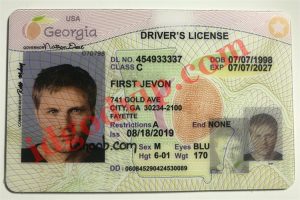Instructions for making your own fake ID
The accompanying rules should only be used to make cards that are used oddly, making cards with faulty nuances may be considered illegal, so check the laws near you regarding the use of fake IDs.
For some, getting a first-class curiosity or scannable fake id has become easier since the advent of the web and the expanded accessibility of high-quality PVC card printing devices that bureaucratic organizations or government rallies can easily use printer.
While it’s still conceivable to make a dummy at home like our fake student card, and it functions admirably, the included, though not complete assistant, will give you some of the most proficient ways to do it Tips for this.
Materials and hardware used to make a fake id:
Inkjet printers like Epson use durabrite inks, laser printers will work, but the best results are achieved with inkjet printers.
Scanners that target no less than 300dpi.
Image modification projects such as Adobe Photoshop or Macromedia Fireworks.
Reasonable fake ID formats, such as driver’s licenses or student IDs, can be easily obtained from most fake id websites.
Artificial paper for printing card plans, Artisyn works best, or the more expensive Teslin doesn’t work very well. These single-purpose papers are rich in silica and are synthetically overlaid to actually retain ink without distorting or blurring. Before PVC cards were commonly used, these were the most common papers for best fake id.
A reasonable butterfly mulch bag, perfect for playing with a mulch machine at this stage, although a home iron can be used, temperature should be considered and try not to consume the butterfly bag into the card plan.
Extensive self-adhesive “safe”/”authentic” multidimensional images
Check photos and markups to the highest imaginable goals, control with Photoshop or Fireworks for a reasonable look, crop the base image for a strong base, use straight-forward effects for ghosting effects, and that’s just the beginning. Copying these images into your fake id format is taking your own data and refreshing the text field.
Print the finished plan and trim the edges (if important) before covering the card with the butterfly wrap. After the card is covered and cooled sufficiently, you can carefully apply the self-adhesive 3D image. Use superfine sandpaper to remove any rough edges from the edges of the 3D image or fake id, or fine sandpaper for signature strips if needed.
While great results can be achieved using this strategy, the general time and cost of purchasing materials does not make it savvy to manufacture locally constructed fake IDs. Another no-brainer option is to utilize an organization like makingafakeid.com, which can print directly on holographic-covered PVC cards using a similar high-quality printer used by US driver’s license supporters.
